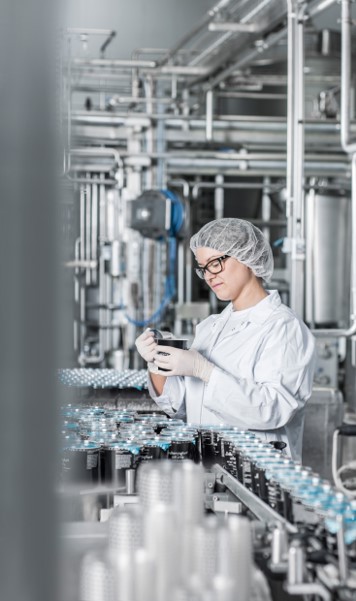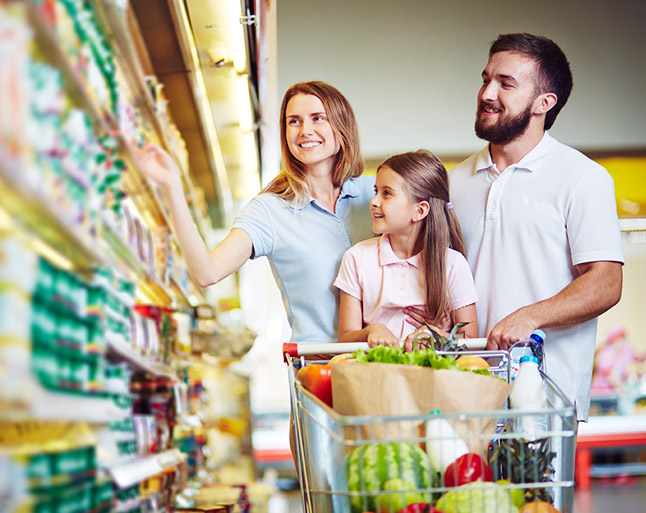

软质包装业务部
阿塔卡为客户提供订制的油墨、涂料和粘合剂解决方案,是软包装领域的领先者。
查看更多您已经订阅了我们的实时资讯。
act.page.footer.newsletter.message.success.unsubscribed
act.searchemptypage.button
欢迎了解 FoodClass® - 我们经认证的食品包装印刷用 UV 涂料品牌。
查看所有产品/FoodClass-Keyvisual-breiter-Rand-640x513-.png)
„高分子光引发剂对于 FoodClass 产品至关重要。此外,我们还对这些涂料的其他相关成分进行评估,例如粘合剂、单体和添加剂。”

Hans-Michael Lenz 博士
质检、环境及产品安全主管
如今,有些客户在其终端应用上面临着更严格的监管要求,或在其合规工作中需要最高级别的支持,那么选择 FoodClass® UV 涂料将是明智的决定。对于每一种涂料,我们都进行了产品级别的内外部转移研究。我们建立起一个良好的风险管理系统,不仅对有意添加到产品中的物质 (IAS) 进行评估,还对非有意添加到产品中的物质 (NIAS) 进行评估。为了提高印刷过程中的生产率和速度,所有涂料的工作范围都是已知和确定的(25 - 70 mJ;10,000 - 14,000 张/小时(估计))。
FoodClass® UV 涂料符合以下标准:
欢迎与我们联系获取产品推荐。
联系我们